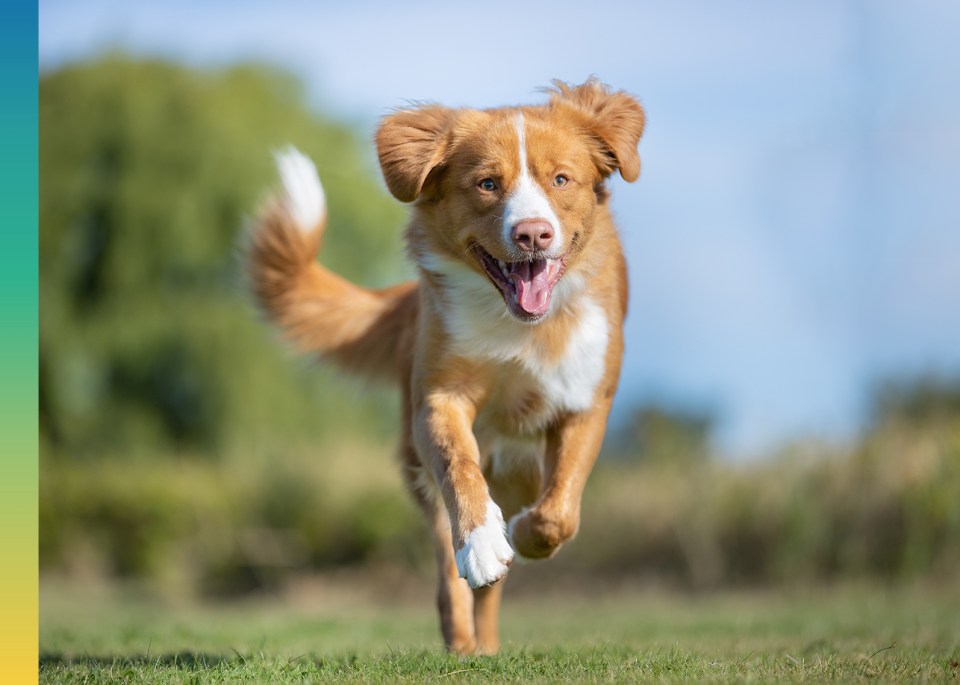

After diagnosing a dog with diabetes mellitus and beginning insulin therapy, it is very important to continue to monitor the dog over the coming days, weeks, and months to ensure that regulation is achieved and maintained.
The primary objective of insulin therapy is to eliminate the clinical signs of diabetes and maintain good general health for the dog, while avoiding hypoglycemia.
Using a glucose curve, at home or in clinic, can be an effective means of monitoring the dog’s blood glucose concentration.
To assist with monitoring the pet, you may ask your client to perform routine urine checks and report any abnormalities.

Additionally, you may need to impress upon the client the importance of consistency in managing their dog with diabetes. This includes diet and feeding schedules, injecting insulin and proper exercise.

Because dogs are more than just pets – they’re family
We help veterinary professionals and pet owners give back to the animals that bring them joy and companionship.

